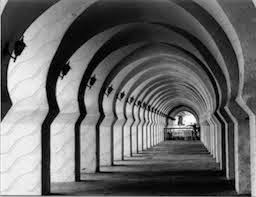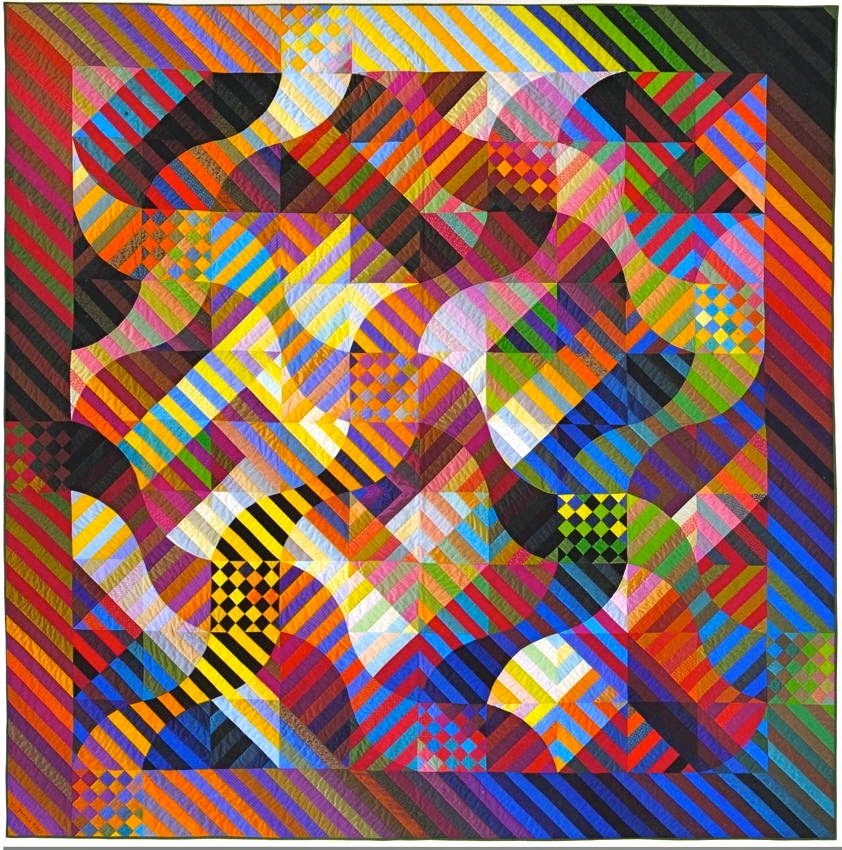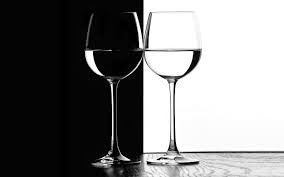3 Things Every Well-Designed Painting Needs
by Courtney Jordan
Of course there are more than three painting techniques that will allow you to create a compelling artwork, but learning how to paint a picture well can certainly start with these elements.
Rhythm. Painting objects that actually look alive, in the case of the figure, or lively, as in a landscape, is often a matter of visual rhythm. One of the best painting tips I know to prevent figures and scenes from looking wooden and lifeless is by using active lines along edges of forms in alternate contrasting rhythms. If you set down your paintbrush and the forms you just painted are missing something, try painting accents along the contours.
.jpg)
Repetition. As a painter, reinforcing what you want to convey to your viewer is never a bad idea. If you've created a landscape painting that you want to appear calm and peaceful, using several horizontal lines to mark the horizon, land masses, and perhaps a waterway is more effective than using just one line and separating the canvas in two. Your message will be more dynamically conveyed if you use multiple overlapping lines, and your work will have a sense of unity because you've incorporated a design motif in several areas of your painting.
Contrast. I'm always a little leery of promoting the idea of contrast because a little goes a long way, and I sometimes struggle with combining contrast with subtlety. But that being said, if you want to make the paint texture of an object really pop, surround it with an area that has a smooth surface. If you want to accentuate a color, use its opposite nearby. If you want to paint a dark nocturne, have a slice of light appear somewhere. Just be aware that contrast can begin to seem like a stark game of "opposites" when really--at its best--you want it to be undetected.
To further explore the techniques and tips that LEAD to astounding oil paintings, consider the Wilson Bickford Ultimate Oil Painting Collection, with the instructor-artist's chosen pigments and brushes, resources on landscape painting and painting water reflections, and more. Enjoy!
Source: artistdaily.com
Of course there are more than three painting techniques that will allow you to create a compelling artwork, but learning how to paint a picture well can certainly start with these elements.
Rhythm. Painting objects that actually look alive, in the case of the figure, or lively, as in a landscape, is often a matter of visual rhythm. One of the best painting tips I know to prevent figures and scenes from looking wooden and lifeless is by using active lines along edges of forms in alternate contrasting rhythms. If you set down your paintbrush and the forms you just painted are missing something, try painting accents along the contours.
.jpg)
Repetition. As a painter, reinforcing what you want to convey to your viewer is never a bad idea. If you've created a landscape painting that you want to appear calm and peaceful, using several horizontal lines to mark the horizon, land masses, and perhaps a waterway is more effective than using just one line and separating the canvas in two. Your message will be more dynamically conveyed if you use multiple overlapping lines, and your work will have a sense of unity because you've incorporated a design motif in several areas of your painting.
Contrast. I'm always a little leery of promoting the idea of contrast because a little goes a long way, and I sometimes struggle with combining contrast with subtlety. But that being said, if you want to make the paint texture of an object really pop, surround it with an area that has a smooth surface. If you want to accentuate a color, use its opposite nearby. If you want to paint a dark nocturne, have a slice of light appear somewhere. Just be aware that contrast can begin to seem like a stark game of "opposites" when really--at its best--you want it to be undetected.
To further explore the techniques and tips that LEAD to astounding oil paintings, consider the Wilson Bickford Ultimate Oil Painting Collection, with the instructor-artist's chosen pigments and brushes, resources on landscape painting and painting water reflections, and more. Enjoy!
Source: artistdaily.com

.jpg)


Comments
Post a Comment